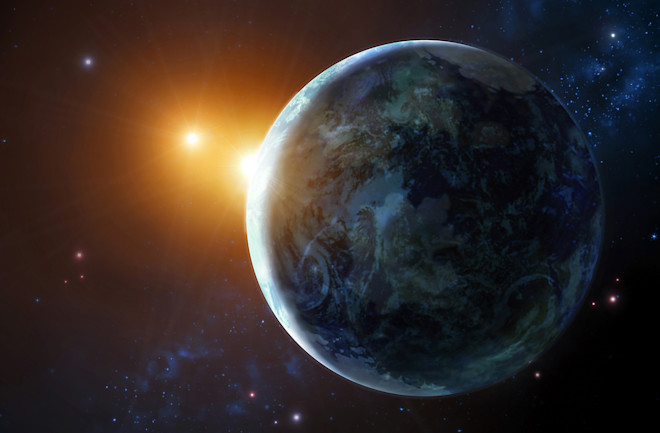Just 23 years ago, our solar system’s planets were alone in the universe.
Scientists naively presumed if we ever did discover planets around other stars, these worlds would look, well, familiar. “We imagined we were going to find other planetary systems in our own image,” says Andrew Howard, an astronomer at the University of Hawaii.
Boy, were we wrong. Among the 1,900-and-counting confirmed alien planets found so far, we’ve seen everything from bizarro, jumbo versions of Jupiter in scorchingly tight orbits to exoplanets dozens of times farther out than Neptune, and even worlds circling two stars, like Tatooine in Star Wars.
Yet perhaps the biggest exoplanetary surprise of all? The super-Earth. This class of planet — loosely defined as any world with up to 10 times Earth’s mass — is like nothing in our solar system. Super-Earths fall smack dab into a size and mass gap between Earth and the gassy worlds Uranus and Neptune. Talk about terra incognita.

